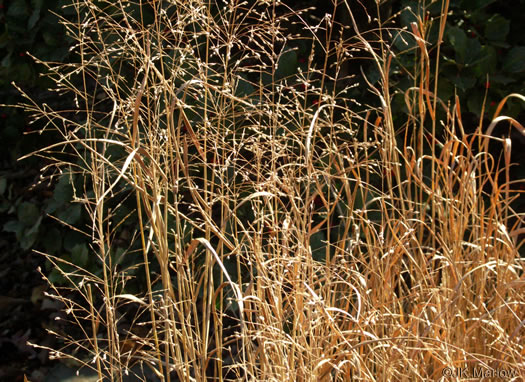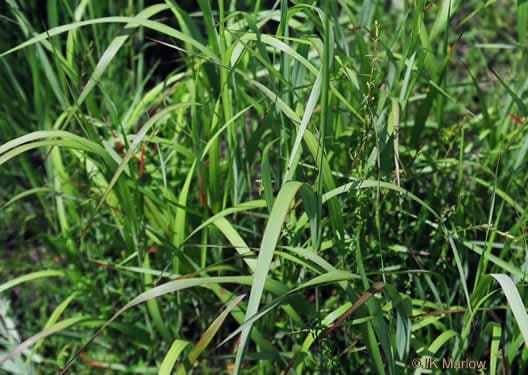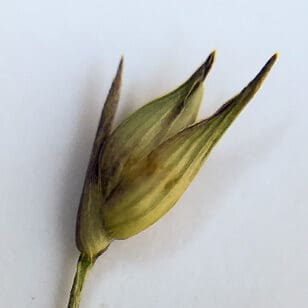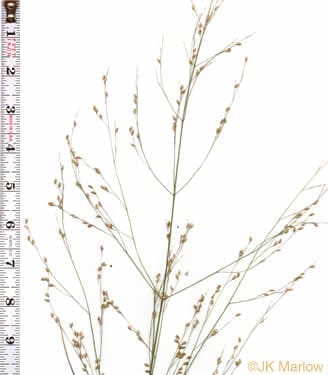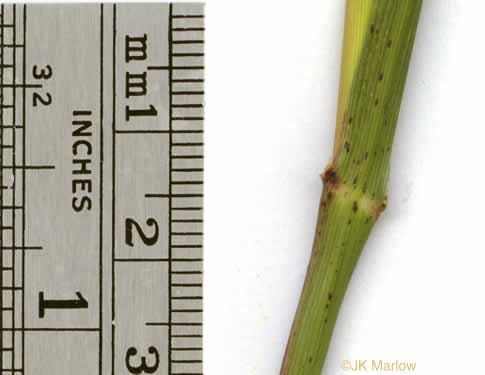Poaceae
switchgrass
Panicum virgatum
Other Common Names
prairie switchgrass
Plant Type
Grass/Grass-like
Life Cycle
Perennial
Typical Size
3-7 ft. tall
2-3 ft. wide
Tolerant of
Deer, Drought, Occasional Flooding, Salt Exposure
Inolerant of
Poorly Drained Soil
Propagation
By seed, By division
Plant Propagation Notes
Cold moist stratify seeds for best germination.
Plant Planting Notes
Primarily clumping, but can spread slowly through horizontal rhizomes.
Plants/Diseases
No significant disease or pest issues. Occasionally, thrips, spider mites, Japanese beetles, leaf rust can affect switchgrass.
Wildlife Benefits
Nectar/pollen source for pollinating insects, Host plant for butterfly larvae, Fruit/seeds for birds
Leaves
Leaves from sheaths, rosulate with entire margins.
Flowers
Large open panicle of small flowers that turn golden yellow from pink, purple, or burgundy.
Fruit
Caryopsis
Toxicity
No known toxicity.
Edibility
Seeds are edible.
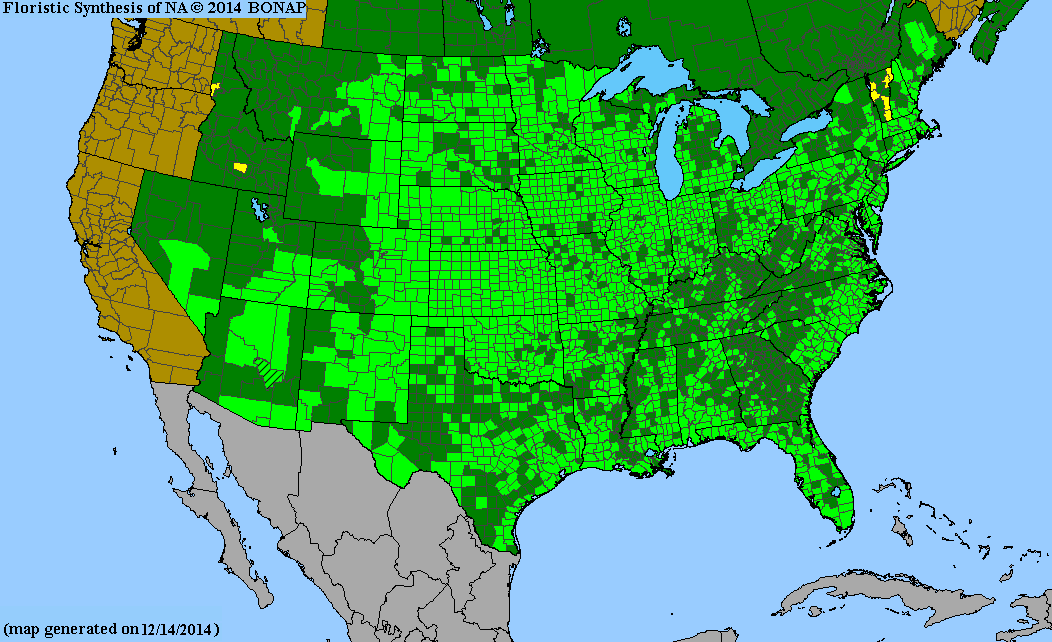
USDA Hardiness Zones
5, 6, 7, 8, 9
Light Exposure
Full Sun, Part Sun/Shade
Soil Moisture
Dry, Medium, Moist
Soil Drainage
Well-drained
Native in South Carolina?
Yes
Plant Native Habitat
A wide variety of dry to wet habitats including pinelands, marshes (including brackish), tidal swamps, interdune swales, and mafic and calcareous fens.
Global Conservation Status (NatureServe)
Secure (G5)
Federal Conservation Status (USFWS)
Not Listed
Distribution Notes
Common in the South Carolina coastal plain and sandhills. Uncommon in the piedmont. Rare in the mountains.
Subspecies
Panicum virgatum var. cubense
Panicum virgatum var. spissum
Panicum virgatum var. virgatum

